Monemvasia, Peloponnese, Greece – 2/2014
This jewel town is located on a small island off the east coast of the Peloponnese, separated from the mainland by an earthquake in 375AD and now linked to the mainland by a short causeway. Founded in 583 by people seeking refuge from the Slavic and Avaric invasion of Greece, the site had a powerful medieval fortress. The town walls and many Byzantine churches remain from that period.
Nicknamed the “Gibraltar of the East” or “The Rock”, its area consists mostly of a large plateau some 100 meters, (328 ft), above sea level. We parked at the foot of “The Rock” and walked up to the single entrance gate to the lower part of the town with its narrow cobbled streets, its cute boutique hotels, restaurants and souvenir shops. Most of the streets are narrow and fit only for pedestrians. The Lower Town was the commercial center with the workshops and dwellings of seamen and tradesmen.
Winding our way through a maze of narrow alleys in the lower town, the cobblestone trail climbed to the second single entrance, literally carved into and through the mountain. This brought us to the upper town where the nobles’ houses were located. The grand church of Hagia Sophia still stands. Three other churches, a Turkish bathhouse, a Turkish mausoleum and a number of cisterns were all in ruins. Excavations are still going on.
As we continued upward on rocky footpaths, it was clear that tourists seldom visited this area. The top was still not visible, but it was one of those trails that demanded to be climbed. Having hiked this far, turning back was not an option. Finally, we came to the last wall of fortification overlooking the new town below and the causeway we had driven across. The expansive view of the harbor and surrounding mountains was worth the climb. An icy wind whipped our parkas as we followed a network of little trail down to the tunnel and the only exit from the plateau.
- Crossing the causeway that links the mainland with Monemvasia we parked and looked up at the walls of the un-scalable cliffs.
- The cobble stone trail climbed toward the second single entrance of the upper level of the fortress.
- The solitary entrance to the upper fortress could be reached only through a single entrance carved through the mountain.
- Gary reads the warning: “Caution, do not stand under old arches!” (This was the upper town entrance pathway.)
- Steep cliffs protected the plateau from invaders.
- The beautiful church of Hagia Sofia still stands as a centerpiece of the upper fortress.
- Some restoration has been done but original carvings were impressive.
- One can only imagine what this ancient olive tree has seen.
- Spring flowers were popping up everywhere.
- Finally reaching the top, the view of the new town and the causeway linking Monemvasia was worth the long climb.
- This was the final guard tower and lookout. It must have been designed for very short soldiers!
- From these final fortifications enemies could be seen approaching from all sides, ocean and land alike.
- Monika takes a break before we head back down the trail.
- Narrow footpaths were overgrown with flowers and appeared to be seldom used by tourists.
- We looked for the elevator to go back to the lower town. This was it!
- Gary practices herding cats in preparation for our return to our home in California where neighbors’ felines invade our garden.
- Of 26 existing churches, the old metropolitan church of Christ Elkomenos in the town’s main square holds pride of place.
- Perhaps the original bell of the old church now hangs in a tree in the old plaza.
- Looking down from the top we could see the network of narrow cobbled streets leading to cute boutiques, restaurants and souvenir shops.
- One could easily become lost in the maze of narrow alleys winding through the lower Monemvasia.



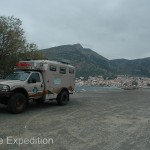
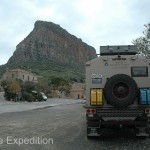
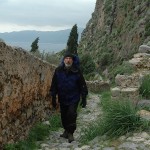
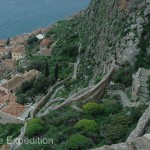
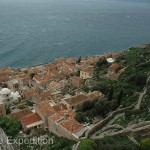
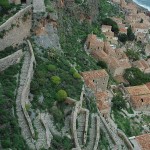
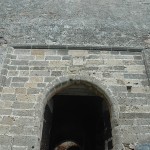
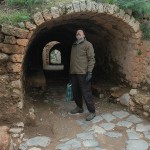
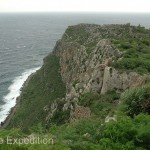
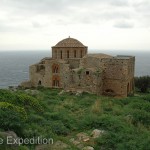
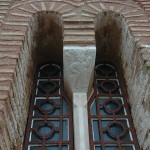
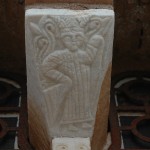
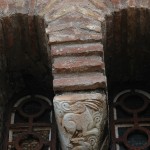
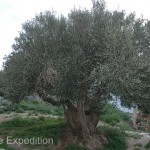
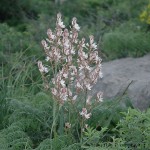
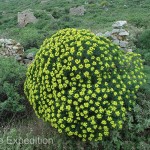
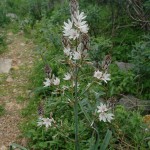
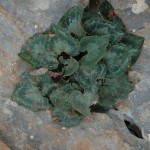
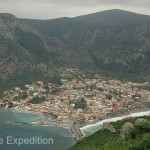
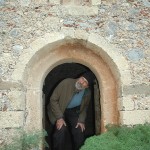
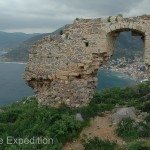
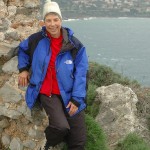
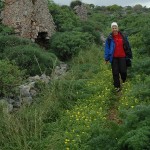
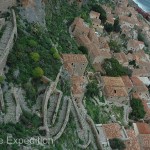
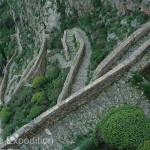
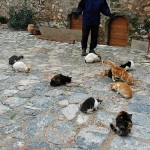
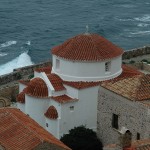
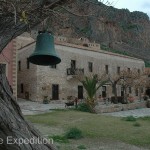
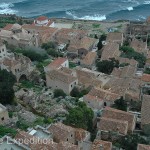
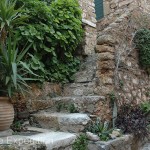
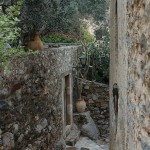
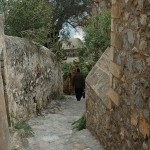
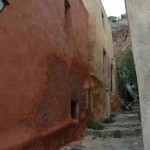
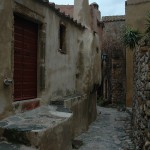
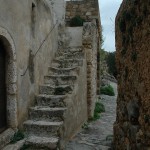







Leave a Comment